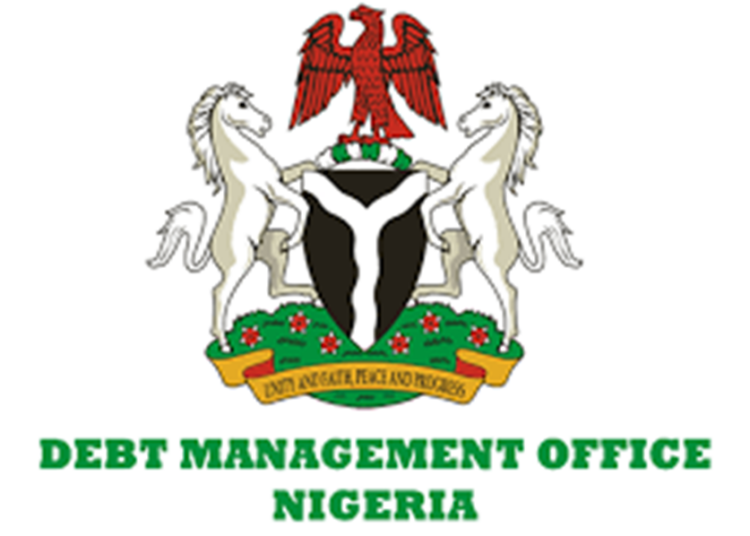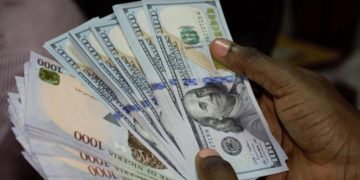The federal government through the Debt Management Office (DMO) in the first six months of this year has raised over N3 trillion from issuing FGN and Savings bonds in the domestic market
The agency also spent N795.17 billion between January and march this year to service its N58.47 trillion bond obligations
Data showed that the federal government had raised a total of N3.07 trillion through the issuance of the FGN Bond as well as the Savings Bond between January and June this year. The government had raised N2.856 trillion through FGN Bonds, which is much more than N1.85 trillion which it had set out to raise within the six-month period.
Similarly, it had raised N25.59 billion from retail investors through the issuance of the 2-year and 3-year Savings Bond within the six-month period. According to the Savings Bond auction results, N4,313 billion had been raised in January, N4.174 billion in February, N4.458 billion in March, N4.338 billion in April, N4.306 billion May and N4.005 billion in June.
For the FGN Bond, it had raised N601.028 billion in January, N910.389 billion in February, N423.678 billion in March, N520.898 billion in April, N300.693 billion in May and N100 billion in June. Meanwhile, latest data showed that the government spent N792.802 billion to service its FGN bond obligations between January and June this year.
In total, the federal Government’s Bond debt stands at N58.387 trillion as at March 2025. Its highest spending in servicing FGN bond obligation had been in February when it spent N481.344 billion and the lowest being March when it spent N67.988 billion to service its bond obligations.
It had also spent N2.718 billion in servicing its Savings Bond obligations which stood at N82.614 billion at the end of the first quarter of the year.
In total, the government had spent N2.609 trillion in servicing its domestic obligations which stood at N74.887 trillion as at the end of the first quarter of the year. DMO’s latest data also showed that Nigeria’s total public debt rose to N149.39 trillion as of March 31, 2025, a 22.8 per cent or N27.72 trillion increase when compared to the N121.67 trillion recorded in the corresponding period of 2024.
The data also showed a quarter-on-quarter increase of N4.72 trillion or 3.3 per cent from N144.67 trillion as of December 31, 2024. Nigeria’s external debt stood at N70.63 trillion or $45.98 billion by the end of Q1 2025, a substantial increase from N56.02 trillion or $42.12 billion in the corresponding period of 2024.
This showed a year-on-year rise of 26.1 per cent or N14.61 trillion, while on quarter-on-quarter basis, external debt saw a marginal increase of 0.5 per cent or N344 billion from N70.29 trillion in December 2024.
While the actual increase in dollar terms was only $3.86 billion year-on-year, the significant depreciation of the naira amplified this growth when converted to local currency. For context, the Central Bank of Nigeria (CBN) used an exchange rate of N1,330.26/$1 to convert external debt in Q1 2024. Although the exact rate used for Q1 2025 was not disclosed by the DMO, the higher naira value clearly points to a weaker exchange rate, underscoring the impact of currency volatility on debt figures.











